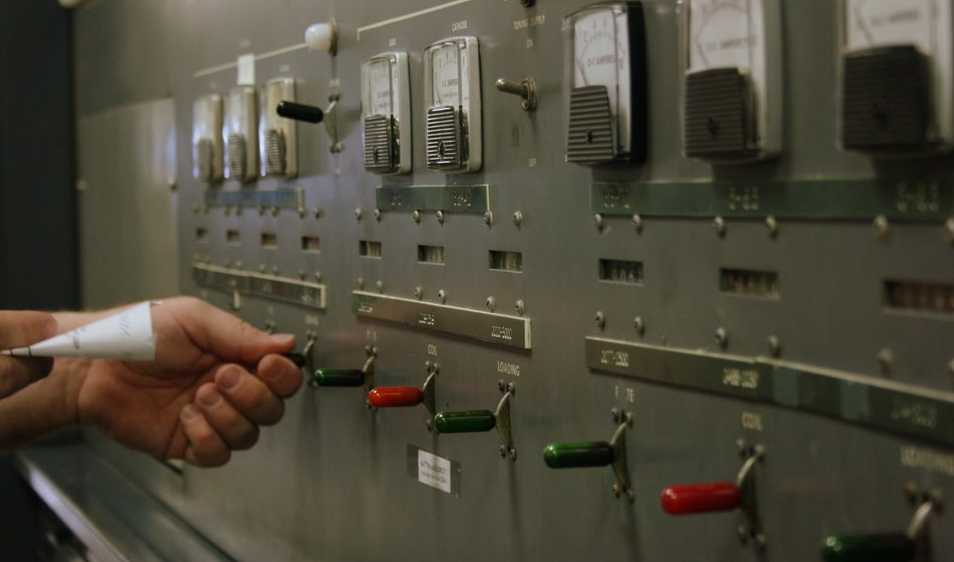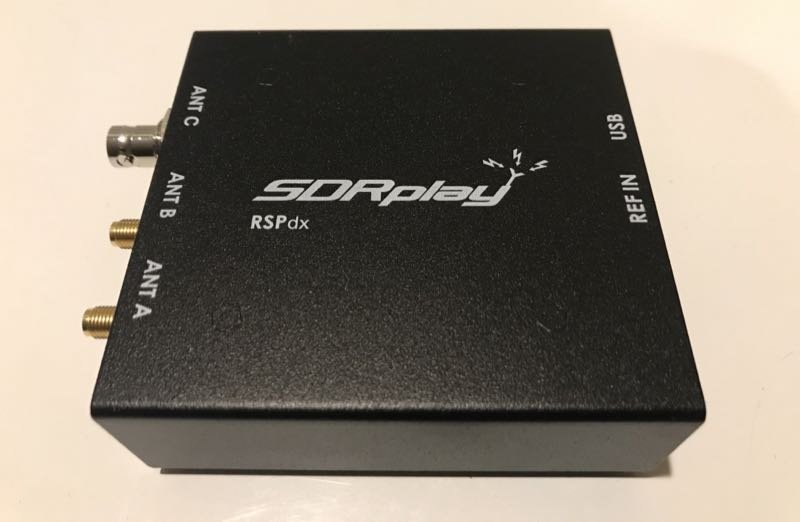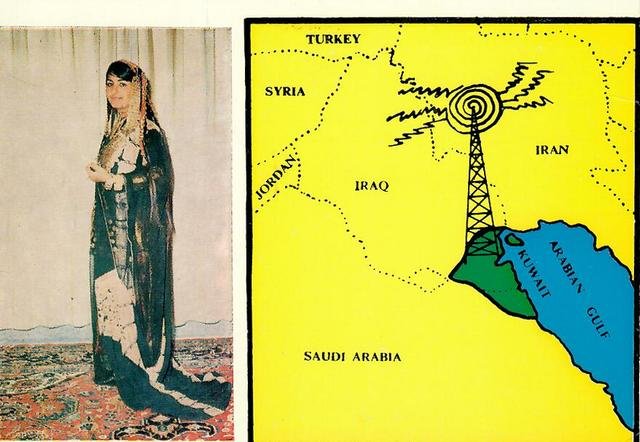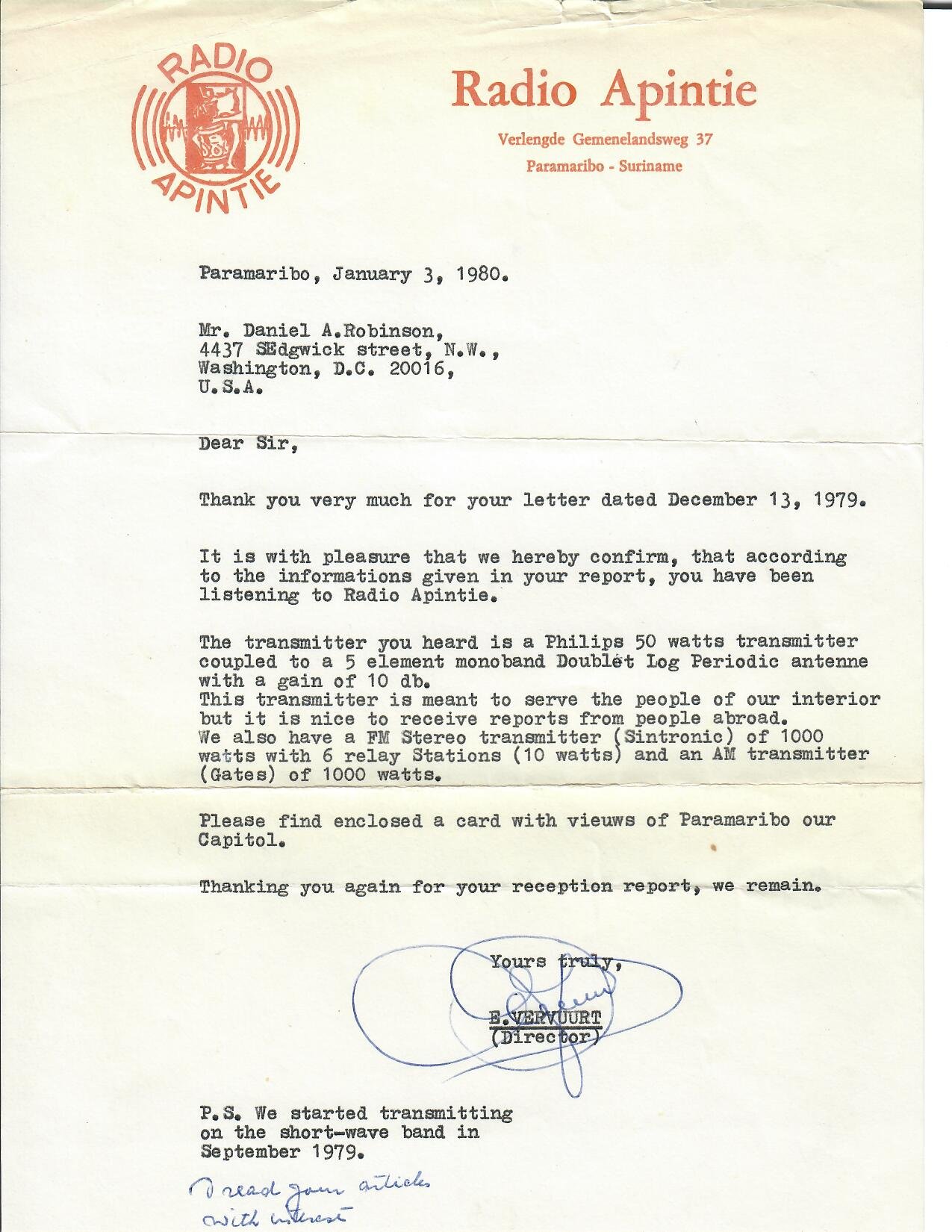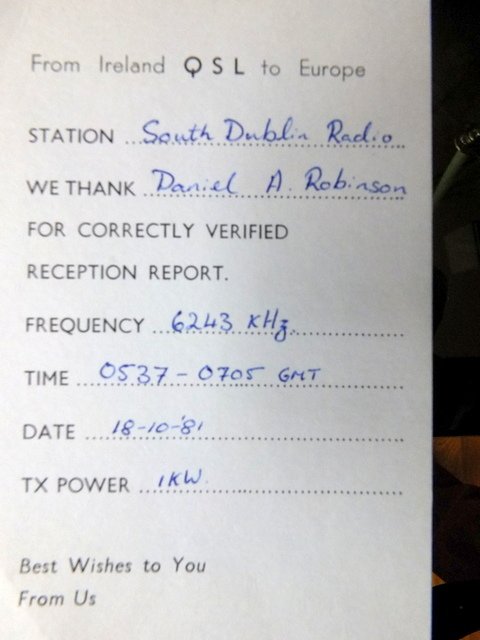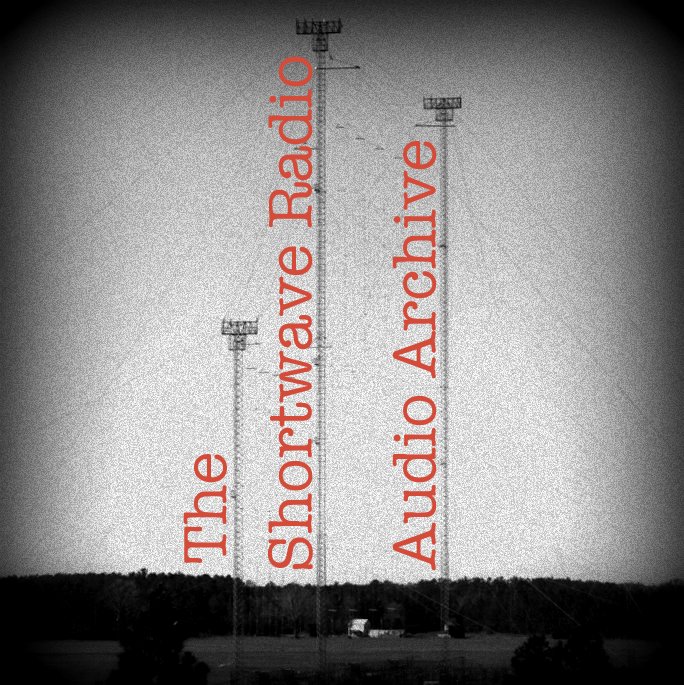MARS Radio Phone Patch: January 24, 2022
/Many thanks to SWLing Post contributor, Matt Todd, who shares the following recording and notes:
Audio recording of a MARS (Military Auxiliary Radio Service) of the establishment of a phone patch between a service member and their family member. This was recorded January 24, 2022 at 2148UTC on 13.927 MHz. It was recorded with an SRDplay RSPdx using a wire loop antenna.
Broadcaster: MARS
Date of recording: 1/24/2022
Starting time: 2148
Frequency: 13927
RX location: Hugo, MN
Receiver and antenna: SDRplay RSPdx with wire loop around perimeter of attic
Mode: Single Side Band
